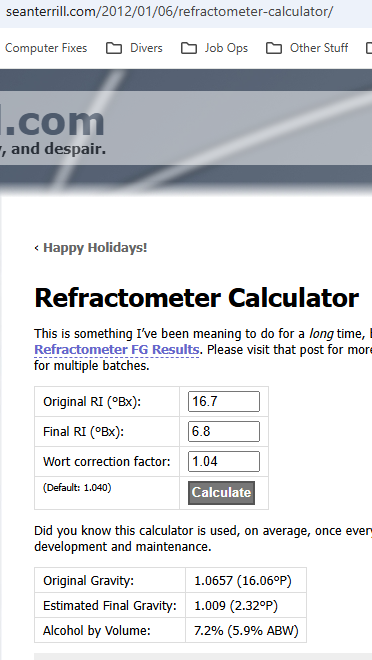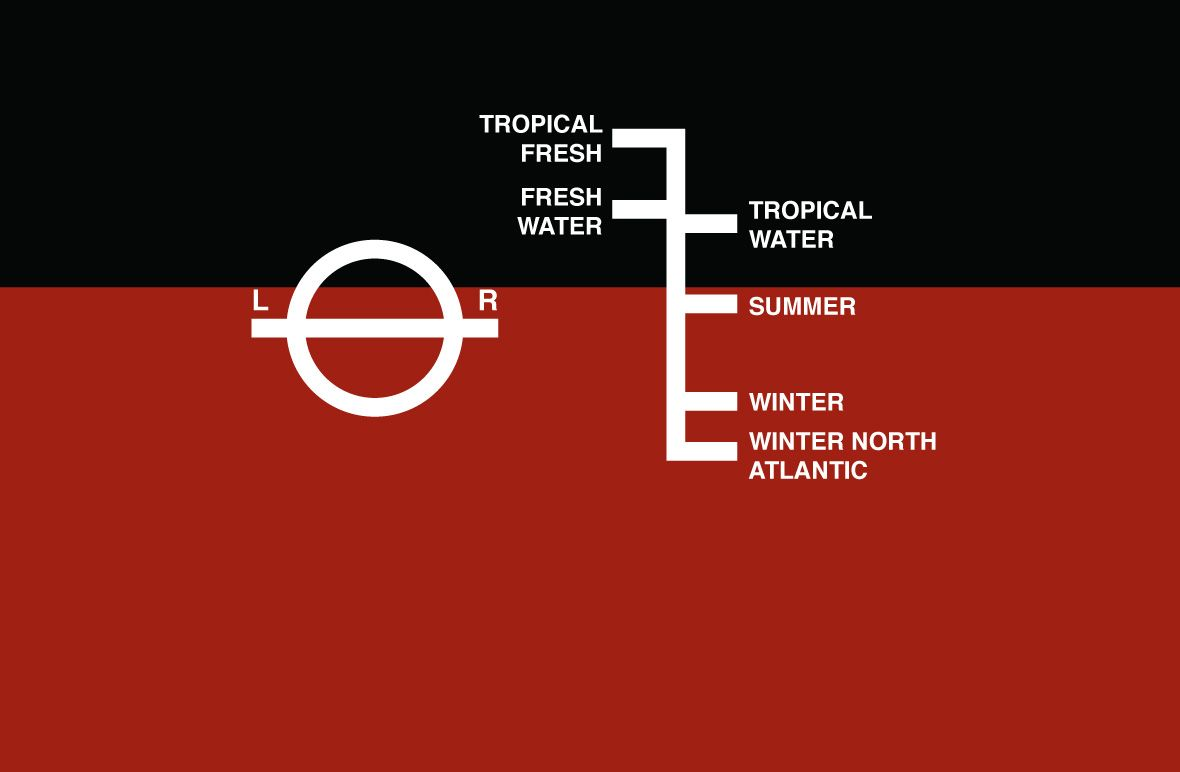Then you could use the correction calculator. Just fill it out appropriately with the OG, current SG and use the ‘with alcohol present’ choice.
For the wort correction factor, that’s easy. Measure your wort with a calibrated hydrometer (checking it is 1.000 with RO water), then check your calibrated refractometer (use RO water and make sure it is 0, and if it’s not, adjust it). I’ve had to redo my refractometer several times as bumping it has changed it.
Then, do the wort correction factor. Repeat several times (more is better) after several batches of beer with cooled wort. Then, do this:
https://www.brewersfriend.com/how-to-determine-your-refractometers-wort-correction-factor/
My WCF was not far off from 1.04 but that’s really not much different than 1.0 in the big picture so I just ignore that usually. However, while there is not a huge difference between an OG of 1.048 and 1.046 (what that 1.04 vs 1.0 gives), for higher gravity worts it could be more significant.





























![Craft A Brew - Safale S-04 Dry Yeast - Fermentis - English Ale Dry Yeast - For English and American Ales and Hard Apple Ciders - Ingredients for Home Brewing - Beer Making Supplies - [1 Pack]](https://m.media-amazon.com/images/I/41fVGNh6JfL._SL500_.jpg)




























